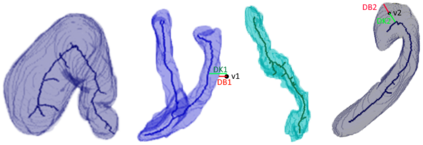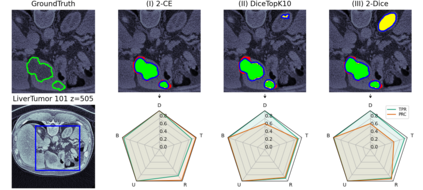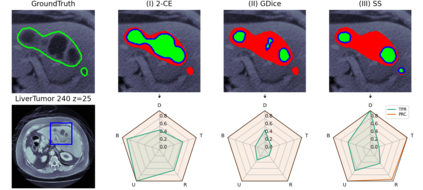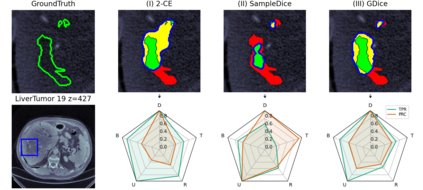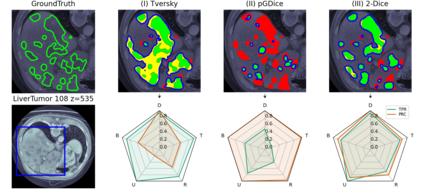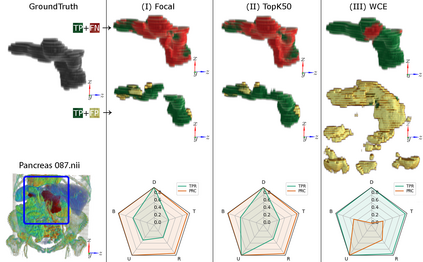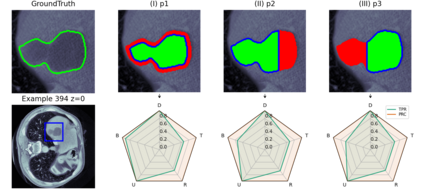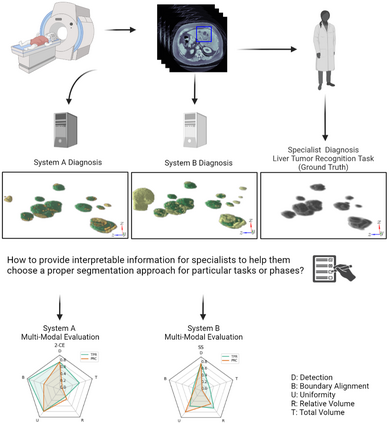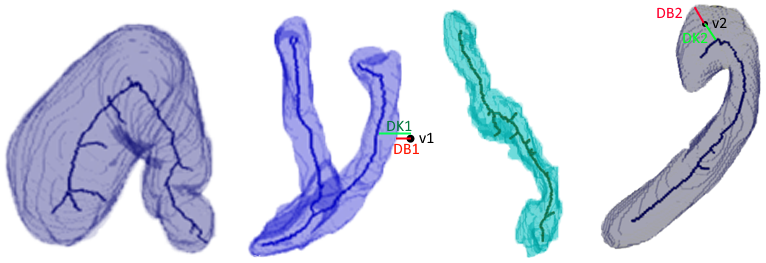Manual segmentation of medical images (e.g., segmenting tumors in CT scans) is a high-effort task that can be accelerated with machine learning techniques. However, selecting the right segmentation approach depends on the evaluation function, particularly in medical image segmentation where we must deal with dependency between voxels. For instance, in contrast to classical systems where the predictions are either correct or incorrect, predictions in medical image segmentation may be partially correct and incorrect simultaneously. In this paper, we explore this expressiveness to extract the useful properties of these systems and formally define a novel multi-modal evaluation (MME) approach to measure the effectiveness of different segmentation methods. This approach improves the segmentation evaluation by introducing new relevant and interpretable characteristics, including detection property, boundary alignment, uniformity, total volume, and relative volume. Our proposed approach is open-source and publicly available for use. We have conducted several reproducible experiments, including the segmentation of pancreas, liver tumors, and multi-organs datasets, to show the applicability of the proposed approach.
翻译:人工分割医疗图象(如CT扫描中的肿瘤)是一项艰巨的任务,可以通过机器学习技术加速完成。但是,选择正确的分割法取决于评价功能,特别是在医学图象分割法中,我们必须处理 voxels 之间的依赖性。例如,与典型的系统相比,在预测正确或不正确的情况下,医学图象分割法中的预测可能部分正确,同时不正确。在本文中,我们探讨了这种明确性,以提取这些系统的有用特性,正式确定一种计量不同分割法有效性的新型多模式评价(MME)方法。这一方法通过引入新的相关和可解释特性,包括探测属性、边界对齐、统一性、总量和相对体积,改进了分割评价。我们提议的方法是开放的,可以公开使用。我们进行了若干次可复制的实验,包括板球、肝肿瘤和多机组数据集的分割,以显示拟议方法的可适用性。

